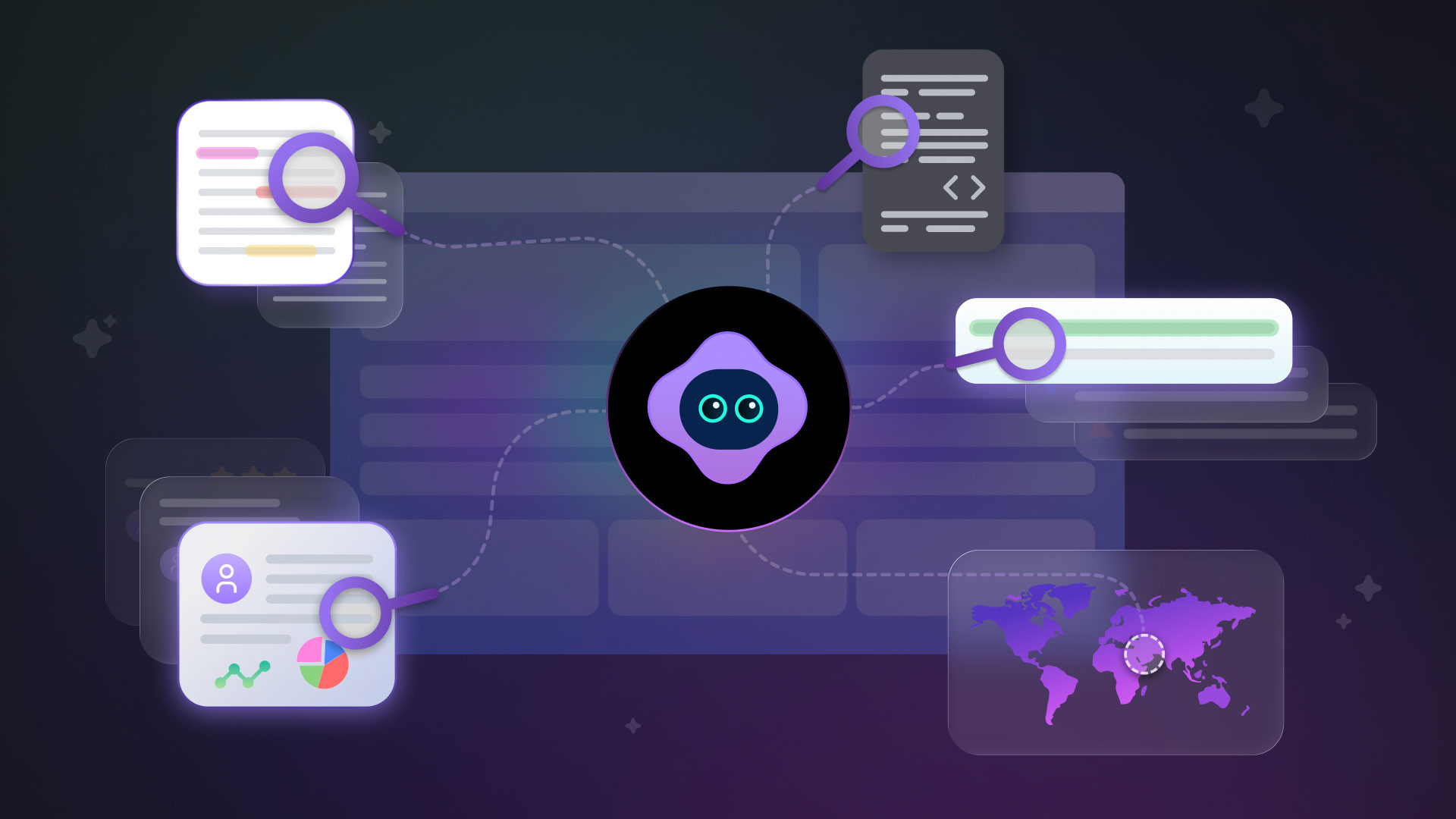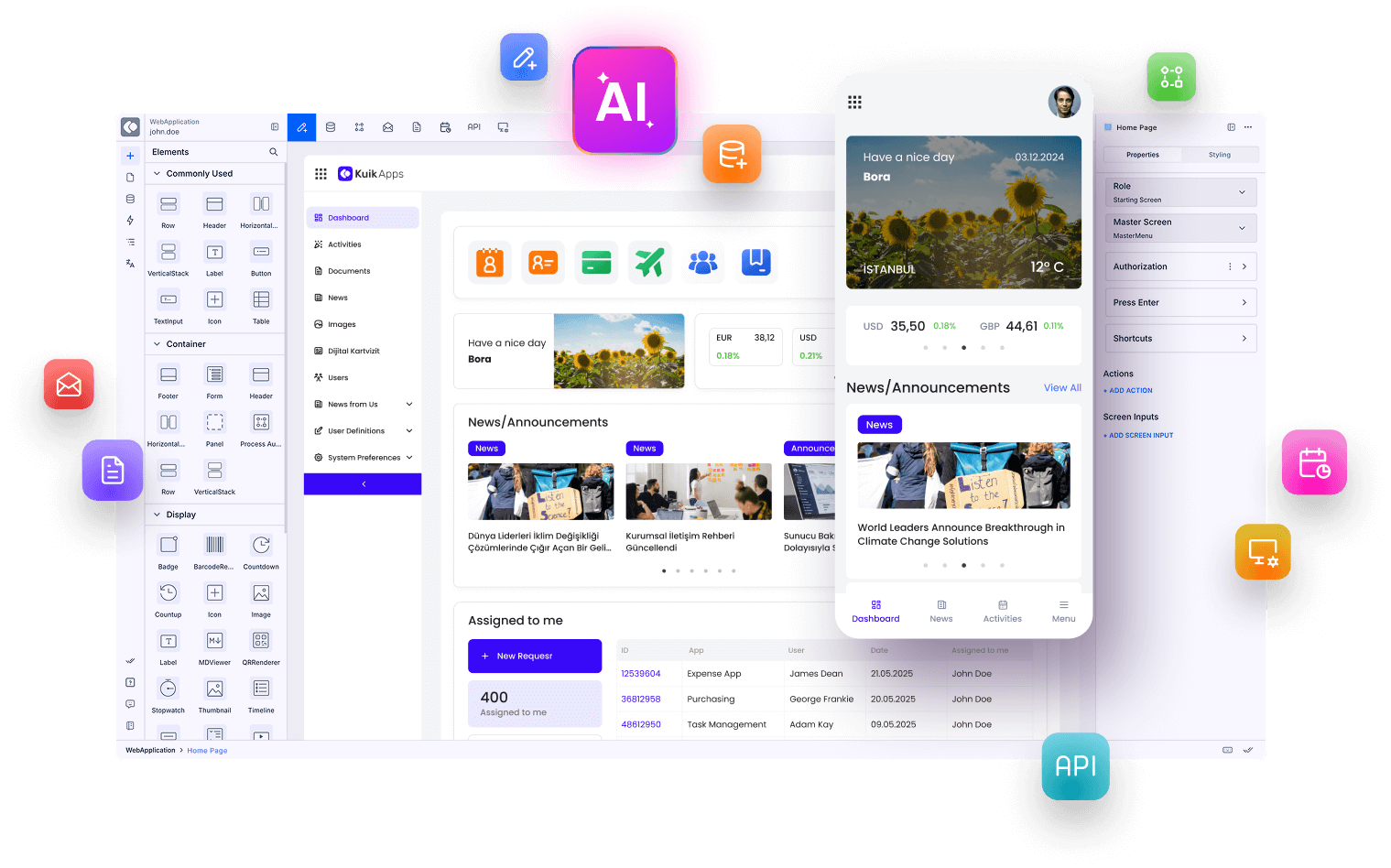Managing the time from development to launch and achieving a successful result requires some steps. Let's go over some steps you can take to maximize your success when developing and launching a digital product.
Step #1: Define your product, its purpose, and your target audience
Invest time in understanding the needs of your market by defining a tailored digital product that meets their wants and expectations. Carefully analyze who you want to reach with this piece, and what purpose it serves. Doing so will enable you to create the most effective solution possible.
These details can help:
- Define your product: It is important to define your product to find out desired functionality and value proposition. So your product can meet user needs.
- Identify your target audience: Create a user persona to gain invaluable insights into your target audience. Get an in-depth understanding of what drives them, their pain points, and how you can tailor solutions for future product design success.
- Define your product's purpose: Your product's purpose should firmly establish what it does, why it matters, and how your target audience will benefit from using it. As a result of defining this upfront, the development process is steered in a way that produces an optimal user experience for those who matter most - your customers.
- Conduct market research: Analyze your competitors' products as well as the current trends in your industry by conducting market research. You will be able to determine what has worked and what hasn't in the past, and you will be able to identify opportunities for your product.
Step #2: Research your competition and find your unique selling proposition (USP)
You can gain a competitive edge in the digital product market if you know about the competition and find creative ways to differentiate yourself. Take some time for effective competitor analysis. Review their products and websites, deciphering which areas they are deficient in that you could capitalize on for success.
To ensure a successful product launch, it is vital to identify market gaps and find opportunities that set your creation apart. Thus, researching their target audience and market trends is an essential step to ensure your product stands out from competitors.
Focus on a USP that expresses exactly
- what makes it unique,
- how customers will benefit, and
- why they should choose you over other brands
This can help create lasting value for potential buyers. Delving into competitor research also keeps up-to-date with industry movements so as not to be left behind in innovation or customer preference changes.
Check out the pricing of the low-code platform, Kuika to the effortless development process.
Step #3: Create a prototype of your product and test it with potential users
Developing a digital product, such as an application, requires testing and feedback throughout the entire process to ensure bugs are fixed before launch. Prototyping and testing are critical for acquiring the information needed for making improvements.
This valuable data allows you to iterate on your prototype until it's perfected into its final form. There are several ways to develop a prototype for a digital product:
- Wireframing: This is the process of creating a basic layout of the application's user
interface (UI) and user experience (UX) using simple lines and shapes.
- Mockups: You can create mockups of the application using design software such as Adobe XD, Sketch, or Figma.
- Clickable prototypes: These are interactive mockups that allow users to click through the different screens of the application and experience the flow of the application.
- Code-based prototypes: Do you already have a development team or use a low-code platform? You can create a code-based prototype of the application using a programming language.
- Hybrid approach: Alternatively, many companies take a hybrid approach by combining some methods in their prototyping process.
Ultimately, your prototype must mimic the intended user experience and be easy to test by potential users.
Sign up for Kuika today to bring your digital product to life in weeks.
Step #4: Develop your digital product
Here, you will have options to choose from about how to develop your digital product. Work on a strategy and a plan of action for higher efficiency.
These are some options:
Option #1: You can assemble an in-house dev team to do the job which yields reliable results, yet comes at a high cost.
Option #2: Alternatively, you might want to consider working with skilled freelancers who are adept at their craft while being more wallet-friendly than using a full-on development agency.
Option #3: If time allows for it then coding yourself may prove beneficial.
Option #4: Or why not use low-code platforms that allow anyone without advanced coder knowledge to create sophisticated solutions?
Option #5: You can also unlock the potential of robust software solutions by partnering with experienced third-party providers for a turnkey project. This can save you from having to hire, manage and incorporate a development team while still achieving advanced results.
If you’re having difficulty choosing an option, check out Five Ways to Develop Your Own Application for more information.
Step #5: Launch your product
Make sure you have worked enough on these two steps.
Develop a marketing strategy to reach your target audience
You need to think beyond the box when connecting with potential customers. You don't want them simply viewing what is available on the market. They should be given an opportunity to explore why yours is better.
One way this can be achieved is through content marketing: blogs, social media posts, and email campaigns. They will help establish trust between yourself and your audience so that they understand exactly how great your product really is.
Additionally, make sure that everything from the website design (mobile optimization & call-to-actions) works seamlessly for maximal efficiency too. As your product and target audience shift, so must the tactics of your marketing strategy. You will be able to achieve the best results if you test and optimize your marketing efforts continuously.
Track your product’s success
Following the launch:
- Utilize analytics and optimization tools to keep a close eye on your product's performance.
- Provide quality customer support by answering any questions they may have efficiently and effectively.
- Finally, ensure continual improvements are made to optimize the user experience. Regularly obtaining feedback from customers should be top of mind towards this goal.
These steps will assist you in launching your digital product successfully and in monitoring its performance over time.
Digital products are increasingly competitive in the market, so it's essential that yours stands out from the rest. It takes a great deal of effort and testing phases to develop a product suitable for your target audience, fix bugs, and achieve success. To achieve this you must have an effective development and launch strategy.
Kuika's low-code platform provides all the necessary steps to create digital solutions which will reach success with minimal risk - turning your ideas into real-world execution. Try Kuika today.
















